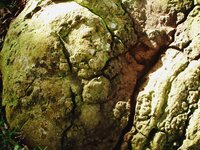joshua2004
Jr. Member
- Jan 31, 2015
- 25
- 4
- Primary Interest:
- All Treasure Hunting
Follow along with the video below to see how to install our site as a web app on your home screen.
Note: This feature may not be available in some browsers.

then have you located anything?

